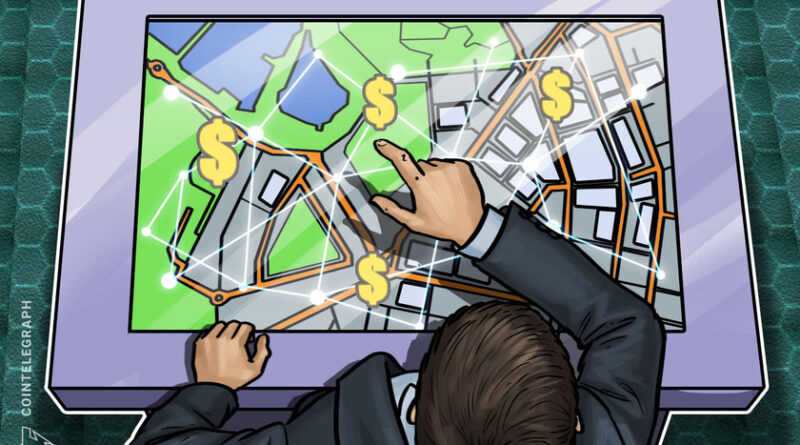Metaverse housing bubble bursting? Virtual land prices crash 85% amid waning interest
The virtual real estate market is crashing despite a McKinsey report predicting a $5 trillion market by 2030.
The metaverse sector is witnessing its very-own housing crisis moment, thanks to massive declines in the prices of its virtual lands in 2022, led by waning users’ interest and a crypto bear market.
Land sales plunge 85% in 2022
In particular, metaverse projects built on the Ethereum blockchain, including the Sandbox and Decentraland, have witnessed substantial declines in their valuations and other key metrics, data from WeMeta shows.
For instance, the average price of lands sold across Decentraland peaked at $37,238 in February 2022. But as of Aug. 1, their costs had dropped to an average of $5,163. Similarly, the Sandbox’s average sale price dropped from circa $35,500 in January to around $2,800 in August.

Overall, the average price per parcel of virtual lands across the six major Ethereum metaverse projects dropped from approximately $17,000 in January to around $2,500 in August, or a 85% decline.
Declining metaverse volumes
Poor land sale volumes further indicate dampening user interest in Metaverse projects.
On a weekly average, the volume, which represents the amount of lands (derived in currency) traded, has dropped from its peak of $1 billion in November 2021 to approximately $157 million in August 2022.

Simultaneously, the market valuations of the Metaverse tokens in circulation have dipped by more than 80%, led further by a broader retreat across the cryptocurrency sector due to unfavorable macroeconomic conditions.
For instance, the market valuation of Decentraland’s MANA tokens in circulation dropped from $10 billion in November 2021 to $2 billion in August 2022. Similarly, Sandbox’s SAND‘s net capitalization reached $8.4 billion to around $1.78 billion in the same period.
fricking metaverse housing bubble just popped who would’ve thought https://t.co/4OZKoi5fH4
— lil t the based god (@fauxzus) August 7, 2022
Metaverse ETF also takes ahit
Meanwhile, the Roundhill Ball Metaverse exchange-traded fund (METV) is tanking alongside blockchain-focused metaverse projects. The ETF gives investors exposure to companies that have been employing the Metaverse in their growth strategy,
On the daily chart, METV has dipped by nearly 45% from its record high of $17.11 in November 2021, with the companies iits stock portfolio, including Meta (formerly known as Facebook) and Snap, reporting substantial second-quarter losses.

Nonetheless, corporations, venture capital funds and private equity investors pour over $120 billion into the Metaverse sector between January and May 2022, more than double the $57 billion invested in all of 2021, according to a recent McKinsey report.
Related: Facebook’s metaverse will ‘misfire,’ says Vitalik Buterin
Despite the decline in the metaverse market, however, McKinsey believes the space can become a $5 trillion sector by 2030, noting that e-commerce will likely realize a market impact of between $2 trillion and $2.6 trillion alone, followed by the academic virtual learning sector, which could have an impact of $180 billion to $270 billion.
The views and opinions expressed here are solely those of the author and do not necessarily reflect the views of Cointelegraph.com. Every investment and trading move involves risk, you should conduct your own research when making a decision.




